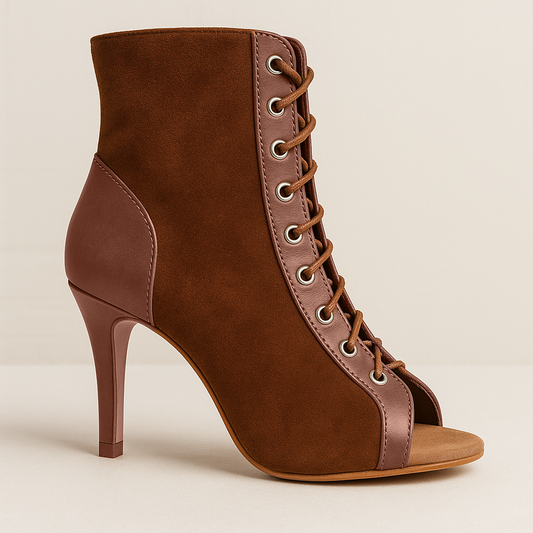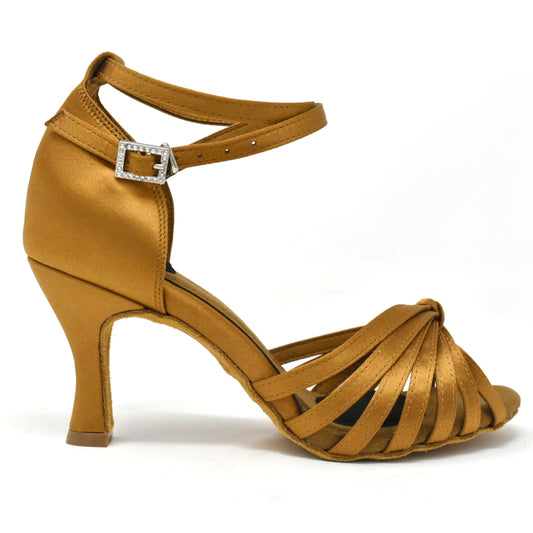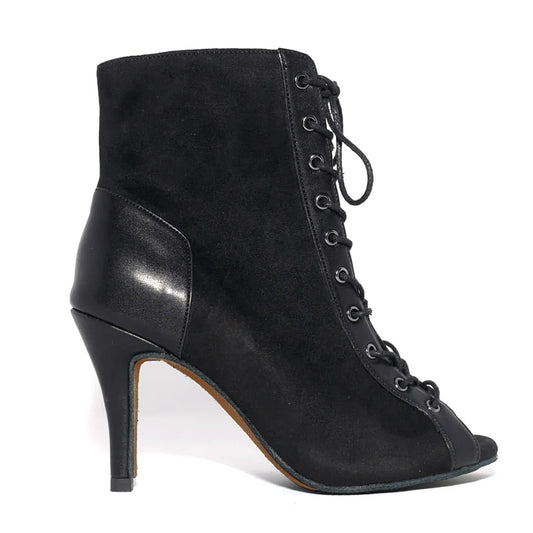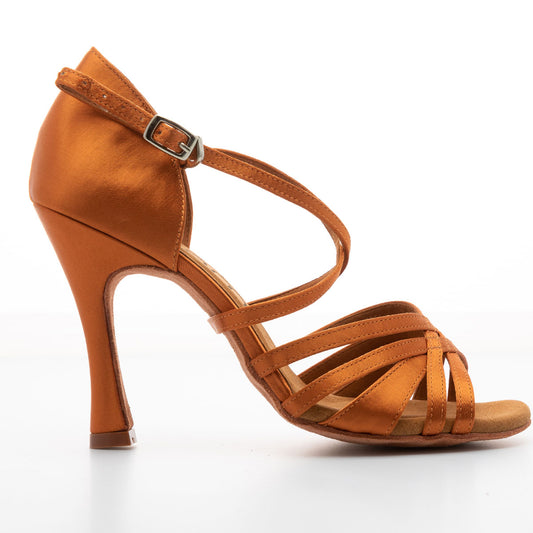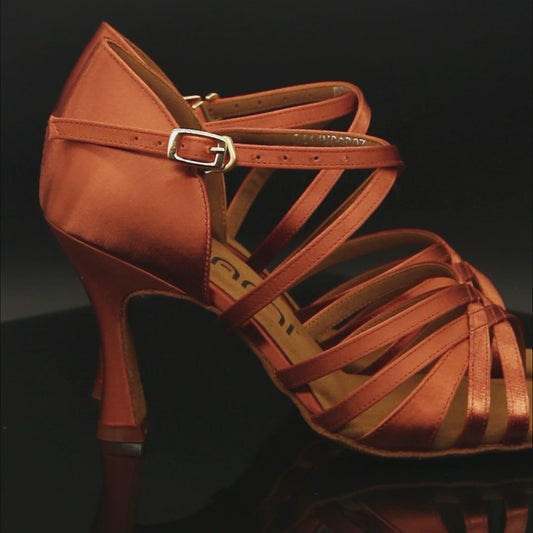 Photo Credit: Justforkix
Photo Credit: Justforkix
People who dance - as a hobby or competitively - are more prone to injuries, especially around the legs, ankles, and feet. The most common injuries among dancers are torn tissues, muscle sprains, and broken bones. Most dancers find it hard to know whether the injury is severe enough to stop dancing (assuming it’s a minor sprain), and often, they ignore the pain. Physiological pain can range from neural pains, persistent aches, superficial pains, deep and searing pain, and throbbing pain.
Acute injuries will get worse over time, and long after the dancing is over, the pain remains even if you’re not moving the injured part. If the pain, no matter how slight it may be, recurs after dancing, like lying in bed, for example, take it as a sign that you need to give yourself a break from dancing so you can heal properly. Your focus should be recovery, strength building, and restoring the injured area’s flexibility when you’re injured.
Common Dance-Related Injuries
Dancers, casual social dancers, and competitive dancers alike are prone to different injuries. Some of the most common are:
- Patellofemoral pain syndrome
- Lower back pain
- Achilles tendonitis
- Heel pain
- Painful arches
- Leg pain
- Muscle sprains
Poor nutrition, incorrect alignment, the intensity of the dancing, as well as incorrect technique or landing could lead to an injury to a twisted ankle, muscle sprains, or torn ligaments.
Dancers are also prone to overuse injuries - injuries that worsen slowly over time, like stress fractures. Years of ignoring the pain often lead to serious and long-term conditions like hammertoe and bunions. By recognizing overuse injuries and giving specific parts of the body a rest, you can continue doing what you love without risking an injury or developing a painful condition that may require surgery.
You know you have an overuse injury when dealing with a persistent pain that comes and goes. Also, if the pain is bad enough that it forces you to shift your weight, adjust your movement to compensate for the pain, or the pain keeps you up at night, you need to have yourself checked by a doctor, a chiropractor, or a physiotherapist.
Coping with Dance Injuries
Severe injuries will require more mental recovery than physical recovery. To cope with an injury, you need to:
- Accept that you’ve been injured and will need time to heal. Most dancers tend to ignore injuries until it worsens
- Take time to recover and care for yourself, so you’re back on your feet in no time
- Refocus your training on achievable goals
- Maintain a daily routine
- Find new ways of having fun other than dancing
- Flex and tone the affected area slowly, so the muscles remain flexible and strong
The RICE Method
The RICE method is a standard procedure for taking care of injuries, particularly dance-related muscle sprains. It stands for Rest, Ice, Compression, and Elevation.
Rest: As soon as you’re injured, stop dancing and take a break! Do not put weight on the injured area to reduce pain and prevent the injury from getting worse.
Ice: Ice should be applied to the affected area within 5 to 10 minutes from getting injured. Ice should be applied every 2 to 3 hours for the first two days, around 20 minutes or so, to minimize inflammation, muscle soreness, and spasms. Don’t apply the ice directly on the skin because this might cause skin burns.
Compression: Using bandage, tubi grip, strapping, or air splinting, the affected area should be bound or compressed to minimize swelling. The compression shouldn’t cut the blood circulation; it should be tight but not too tight!
Elevation: Keep the injured area elevated above heart level to reduce swelling and bleeding.
After the RICE method, try to make small movements to strengthen and stretch the affected area. But never take a full movement unless advised by a medical professional. If the pain gets worse, consult a doctor.
Recovery Tips to Speed Up Healing
Fuel the Process
When you’re at home recovering from an injury, your body needs more nutrients to heal. Nourishing meals are vital to speed up the recovery process. Be sure to add lean protein for muscle rebuilding and fresh vegetables and fruits for a boost of vitamins and minerals. Complex carbohydrates are also crucial for muscle repair, while unsaturated fats minimize inflammation.
Taking Minimal Movements
Resting muscles tend to lose a lot of strength and flexibility during recovery. That’s why you need to perform light, minimal movements on the affected area. This helps boost blood flow, restore flexibility and improve strength while improving the mood too. Depending on the injury, you can take yoga, Pilates, swimming, and Gyrotonic.
Take Care of Yourself
Recovering from serious injuries means spending a few weeks to several months away from dancing. Professional dancers dread the recovery period just because it takes them away from their work. But if you give yourself time to heal, you’ll come back stronger. So be patient, practice self-care, and take as much time as you need to recover from an injury. Don’t cut corners to speed up the process because the body will only get back to its 100% self when it’s fully healed.

